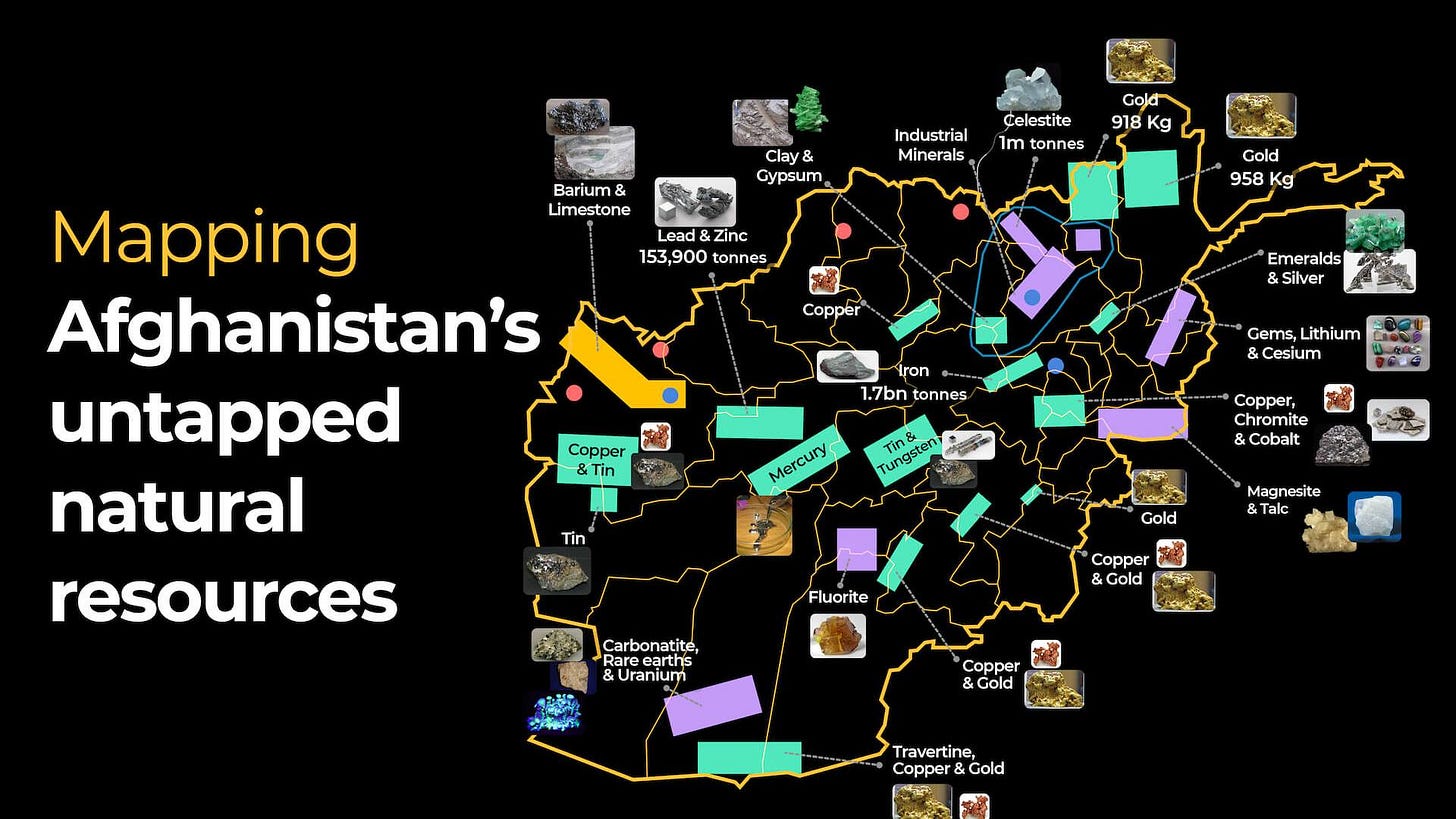"It is easy to march into Afghanistan," Alexander the Great is said to have warned, "but very hard to march out."
The British Empire, at its colonial zenith, marched confidently into Kabul in 1839 — only to find themselves fleeing in 1842, leaving behind a single bloodied survivor to tell the tale. Nearly 140 years later, the Soviet Union, fearing Western encroachment and Islamist contagion, sent tens of thousands of troops to Afghanistan. After a grueling decade, the USSR left in 1989 — defeated, exhausted, and humiliated. Two years later, it collapsed.
The United States, too, has a failed history in Afghanistan. The 20-year war that began after 9/11 was the most expensive military campaign in U.S. history, ending in a chaotic withdrawal in 2021. The Taliban, once overthrown, quickly returned to power.
Afghanistan is often called the "graveyard of empires." Yet, it is more than that. It is a testing ground — a site where strategic ambition continues to thrive, where empires fall and new powers rise. Today, two powers — China and Russia — are stepping in, not with armies, but with a different kind of force: money, diplomacy, and a calculated bet on Afghanistan’s future.
For China, Afghanistan represents an essential piece of the puzzle in its broader geopolitical and economic vision. At the heart of China’s interest lies its Belt and Road Initiative (BRI), which seeks to create trade corridors that span the globe, linking China to Europe, Africa, and the Middle East. Afghanistan’s strategic position, sandwiched between Central Asia, Iran, and Pakistan, makes it a key player in this framework. China envisions Afghanistan as a critical part of its connectivity strategy, facilitating trade routes that bypass U.S.-controlled maritime paths.
Afghanistan’s mineral wealth, valued at $1 trillion dollars, is another major driver for China’s involvement. With untapped reserves of lithium, copper, rare earths, and other critical minerals, Afghanistan could become an essential supplier for China’s burgeoning tech and energy sectors. The extraction of lithium, in particular, is crucial for China’s dominance in the global electric vehicle market. However, progress on this front has been slow, with projects like the Mes Aynak copper mine, which China’s Metallurgical Corporation of China (MCC) contracted in 2007, delayed by insecurity and Taliban negotiations. Still, China has resumed talks with the Taliban in 2023, signaling that it is committed to advancing these projects in the long term.
In addition to economic engagement, China seeks to expand its soft power in Afghanistan by providing humanitarian aid and reconstruction support. Beijing pledged $70 million in 2024 to aid Afghanistan’s post-conflict recovery. This initiative is a clear signal that China wants to be seen as a benevolent partner in the region, offering an alternative to the West’s interventionist policies. By positioning itself as a reliable and non-interventionist ally, China seeks to improve its image and challenge the U.S.'s narrative of military dominance in the region.
Beyond its economic ambitions, Beijing’s interest in Afghanistan is deeply tied to domestic security — particularly in Xinjiang, China’s westernmost region and home to the Uyghur Muslim minority. For years, China has blamed the East Turkestan Islamic Movement (ETIM), a group with alleged links to militants in Afghanistan, for fomenting unrest in Xinjiang. Although ETIM’s strength is debated among experts, its symbolism looms large in Beijing’s narrative. Stability in Afghanistan, from China’s perspective, is essential not just for regional connectivity, but for preventing cross-border radicalization and unrest in its sensitive frontier. China has pushed the Taliban to sever ties with Uyghur militants and has even coordinated security infrastructure with neighboring Tajikistan to monitor the porous border near the Wakhan Corridor — a narrow strip connecting China to northeastern Afghanistan.
Keep reading with a 7-day free trial
Subscribe to The Monetary Skeptic to keep reading this post and get 7 days of free access to the full post archives.






